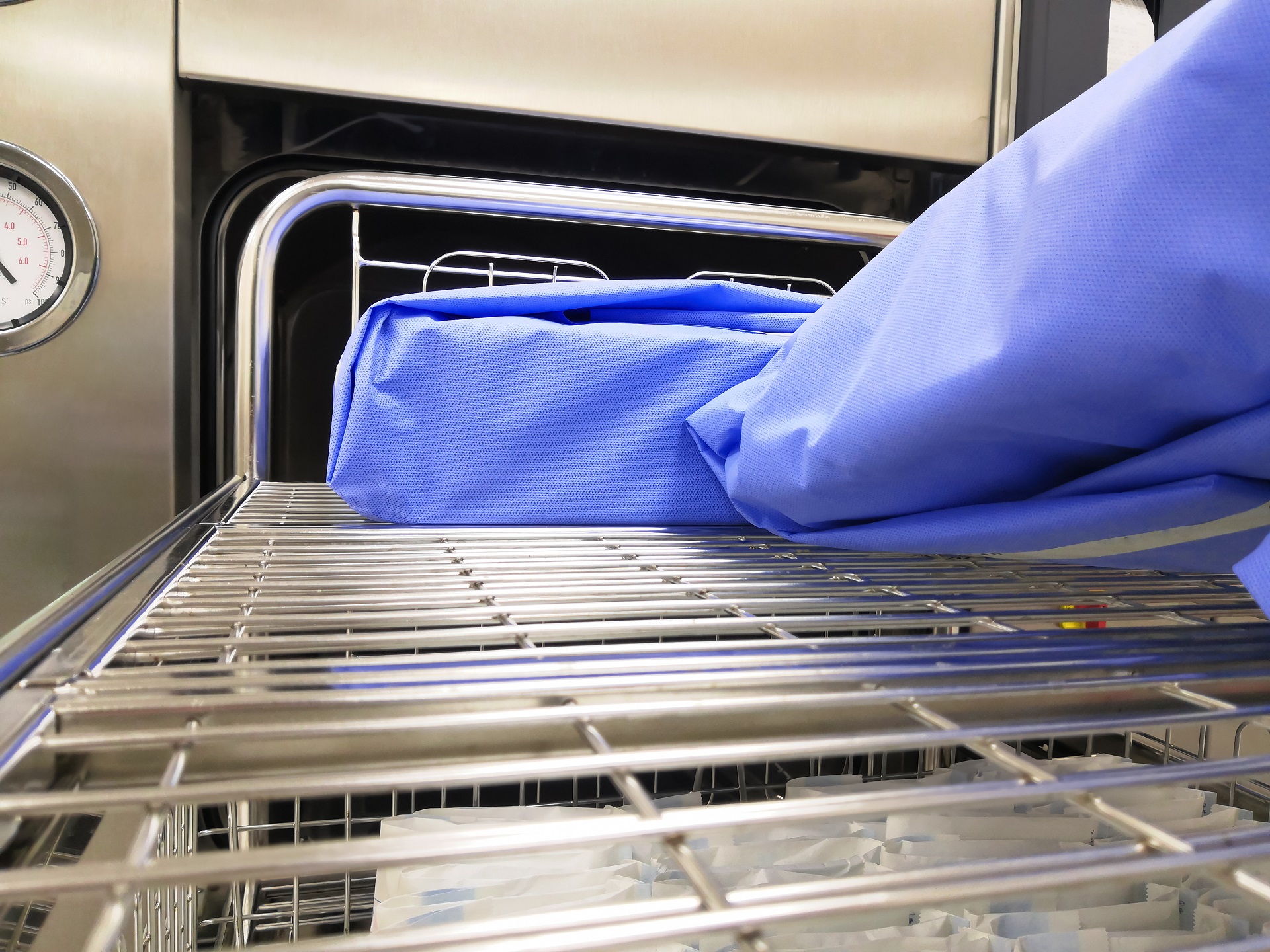
The process of sterilisation is indispensable for the pharmaceutical and biotechnological industry, hospitals, clinics as well as medical device manufacturing. It is estimated that the sterilisation equipment market was worth USD 12.1 billion in 2020, and it is projected to reach USD 13.6 billion by 2025 at a CAGR of 2.5%. The reason for this growth can be attributed to several factors. The growing focus of pharma companies on injectable and biological drugs, the rising incidences of hospital-acquired infections, and surgical procedures have dramatically increased the demand for sterilisers. What more, the situation is further complicated by the COVID-19 pandemic that has altered the industrial manufacturing practices irrevocably, setting new procedures in place wherein hygiene and disinfection are going to play a crucial role, regardless of the industry type.
The increasing applications of sterilisation processes
With a wide range of items and each requiring different conditions, various sterilisation processes are used by customers to suit the given load. The following table outlines the sterilisation processes used frequently for pharmaceutical products.
| Sterilization technique | Remarks | Items sterilised |
| Moist heat sterilisation (autoclaving) | Conventional and most reliable biocidal process | Surgical dressings, sheets, surgical and diagnostic equipment, containers, closures, aqueous injections, ophthalmic products, irrigation fluids |
| Dry heat sterilisation | Only suitable for thermostable, moisture-sensitive, or moisture impermeable pharmaceuticals | Dry powder drugs, suspensions of drugs in a non-aqueous solvent, oils, fats, waxes, soft or hard paraffin, silicone, oil-based injections, implants, ophthalmic ointments |
| Gaseous sterilisation | Suitable for thermolabile products | Hormones, proteins, heat-sensitive drugs |
| UV light | Used for air, water, and surface disinfection | Garments, utensils |
| Gamma irradiation from Cobalt 60 | Suitable for heat-sensitive items as well as dry, moist, and frozen items | Antibiotic, hormones, sutures, plastics, catheters, single-use medical devices, human tissue grafts |
| Sterilisation vs filtration | Used in venting systems for fermenters, centrifuge, autoclaves, and freeze driers, membrane filters for sterility testing | Heat-sensitive injections and ophthalmic solutions, biological products, air, and other gases supplied to the aseptic area |
Different sterilisation techniques
‘One-size-fits-all’ doesn’t work in sterilisation
Just as the type of products sterilised is diverse, so are the steriliser equipment used by the industries. And yet, the customers are always in need of sterilisation solutions that can meet their requirements precisely. This is because even though the same type of product is manufactured by many companies, their sterilisation process may differ widely in terms of type (wet/dry/gas), the load quantity per cycle, sterilisation conditions, and so on. Other factors also influence the selection of sterilisation processes, such as the internal quality control procedures (SOPs), the market where the product is to be delivered, and, last but not least, the cost-effectiveness of the entire process. Small volume glass/plastic containers cannot be sterilised using overheated water as it can create shock in glass containers and melt any plastic containers. Hence, this type of load must be subjected to terminal sterilisation using air- and steam-based steriliser, ensuring the integrity of the “package” and dry process. On the contrary, for large volume flexible containers that must be processed at low temperatures (105°C-110°C), air and steam-based steriliser will not work as they require high temperatures. An overheated water-based steriliser is the best alternative in this case, which will also reduce the running costs.
Why customised sterilisers
The biggest advantage of customised sterilisers is that these systems can be fabricated exactly the way customers want them. These customised equipment not just perform excellently well with lower consumption of resources but also can be tailor-made in terms of internal and external dimensions and features which include design, automation, software, process, programs, products, chamber layout, personalised carts/trays, the type of water, steam, utilities, and so on.
Takeaway
Developing solutions that also consider the customers’ specific needs and preferences is the current trend seen across various industries globally. Hence, it’s no wonder that steriliser manufacturers have too joined the league, adding more value to their products while retaining their approach towards customer-centricity. While many manufacturers can provide customised sterilisers, factors like cost-effectiveness and time-to-deliver would play crucial roles in the decision process by the customers.
